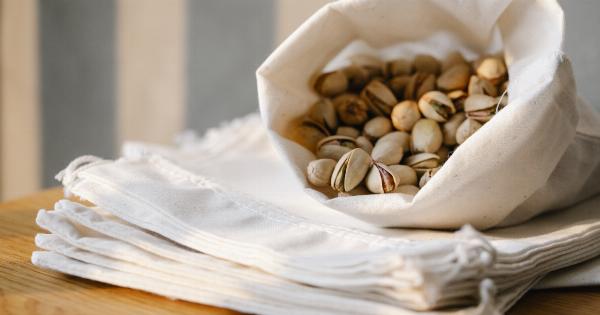Podagra is a form of arthritis that affects the joints, most commonly the big toe. It is caused by a condition called gout, which is characterized by the accumulation of uric acid crystals in the joints.
The buildup of uric acid crystals can lead to severe pain, swelling, and inflammation.
Understanding Gout
Gout is a type of arthritis that occurs when there is an excess of uric acid in the body. Uric acid is a waste product that is produced when the body breaks down purines, which are substances found in certain foods and drinks.
Normally, uric acid dissolves in the blood and is excreted from the body through urine. However, in individuals with gout, uric acid levels become too high and the body is unable to eliminate the excess effectively.
Symptoms of Podagra
The most common symptom of podagra is intense pain in the affected joint, typically the big toe. The pain often comes on suddenly and is accompanied by swelling, redness, and tenderness in the joint.
Other symptoms may include limited range of motion, warmth in the joint, and the formation of tophi, which are small, hard crystals that can be felt under the skin.
Causes and Triggers of Podagra
Podagra is primarily caused by high levels of uric acid in the blood. However, certain factors can trigger an episode of gout in susceptible individuals. Some common triggers include:.
- Consuming purine-rich foods like organ meats, seafood, and red meat
- Drinking alcohol, especially beer
- Being overweight or obese
- Taking certain medications, such as diuretics or aspirin
- Having a family history of gout
The Role of Diet in Podagra Management
Diet plays a crucial role in managing podagra and reducing the frequency and severity of gout attacks. Making dietary changes can help lower uric acid levels and prevent the formation of uric acid crystals.
Here are some nutrition tips for gout sufferers:.
1. Limit Purine-Rich Foods
Purines are naturally occurring substances found in certain foods. When broken down by the body, purines are converted into uric acid. Therefore, it is important to limit the consumption of purine-rich foods to help control uric acid levels.
Some foods high in purines include:.
- Organ meats (liver, kidney, etc.)
- Seafood (anchovies, sardines, mussels, etc.)
- Red meat (beef, lamb, pork, etc.)
- Game meats (venison, rabbit, etc.)
2. Incorporate Low-Purine Foods
While it is important to limit purine-rich foods, there are many low-purine alternatives that can be included in a podagra-friendly diet. Some low-purine foods to include are:.
- Fruits (except for a few high-purine ones like dried fruits)
- Vegetables (except for legumes like lentils and beans)
- Whole grains
- Low-fat dairy products
- Plant-based proteins (tofu, tempeh, etc.)
3. Stay Hydrated
Drinking an adequate amount of water can help flush out excess uric acid from the body. Aim to drink at least 8 cups (64 ounces) of water per day. Keeping well-hydrated can also help prevent kidney stones, which are sometimes associated with gout.
4. Moderate Alcohol Consumption
Alcohol, especially beer, is known to increase uric acid levels and trigger gout attacks. It is recommended to limit alcohol consumption, or better yet, avoid it altogether if possible.
If you choose to drink, opt for lower-purine alternatives like wine or spirits in moderation.
5. Maintain a Healthy Weight
Being overweight or obese increases the risk of developing gout and can worsen symptoms. Losing weight through a combination of a balanced diet and regular exercise can help reduce uric acid levels and improve overall gout management.
6. Limit Added Sugars
High intake of added sugars, such as those found in sugary beverages and processed foods, has been associated with an increased risk of gout. Avoiding or minimizing sugary foods and drinks can be beneficial for gout management.
7. Consider Vitamin C Supplements
Vitamin C has been shown to help lower uric acid levels in some individuals. Consider incorporating foods rich in vitamin C, such as citrus fruits, strawberries, and bell peppers, into your diet.
Alternatively, consult with a healthcare professional about the use of vitamin C supplements.
8. Limit Intake of Fructose
Fructose, a type of sugar found in high amounts in sweetened beverages and foods, has been linked to increased uric acid levels. Avoid or minimize consumption of sugary drinks, fruit juices, and high-fructose corn syrup to help manage gout symptoms.
9. Be Mindful of Medications
Some medications can increase uric acid levels or interfere with gout medication.
Talk to your healthcare provider about all the medications you are taking, including over-the-counter drugs and supplements, to ensure they are not exacerbating your gout symptoms.
10. Seek Guidance from a Registered Dietitian
Consulting a registered dietitian who specializes in gout management can be highly beneficial.
They can provide personalized dietary recommendations, help create meal plans, and guide you in making long-term lifestyle changes to better manage your gout symptoms.































